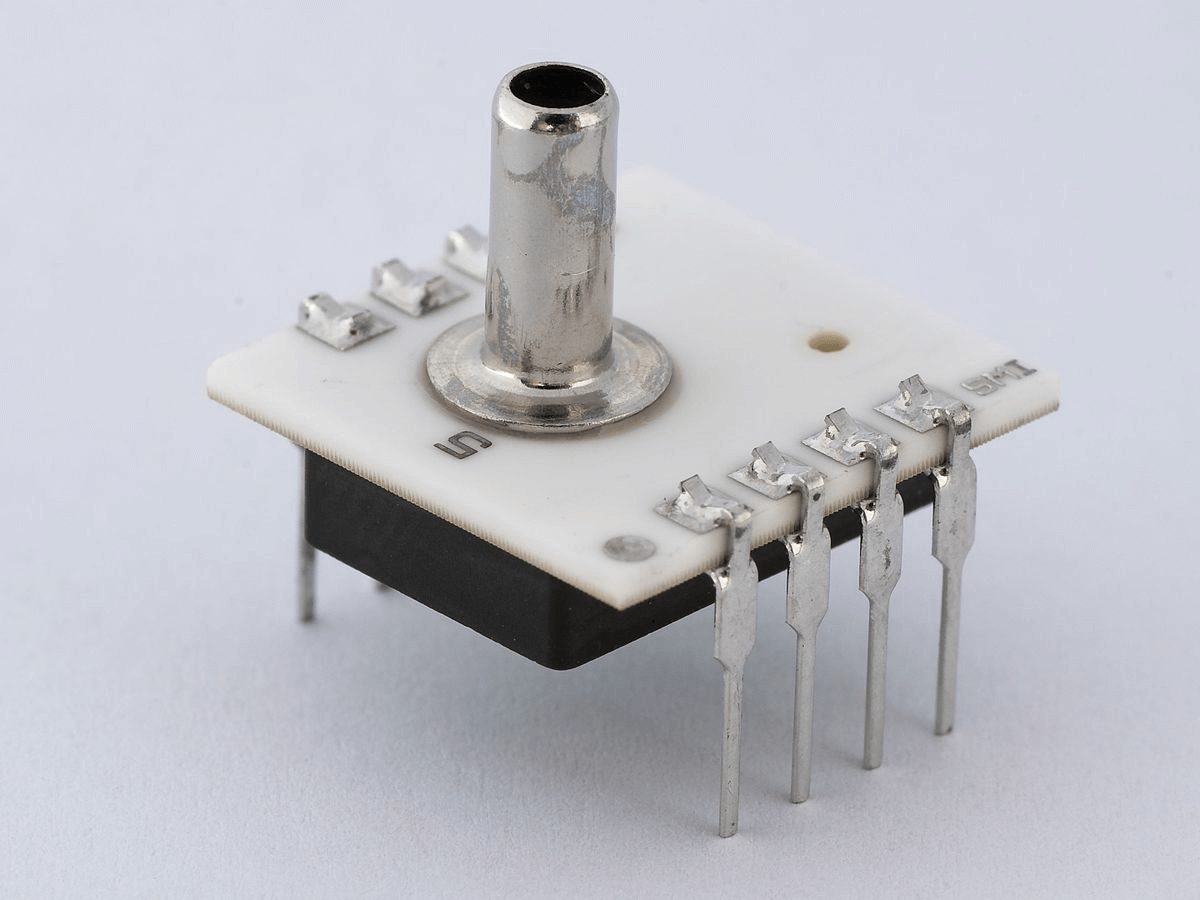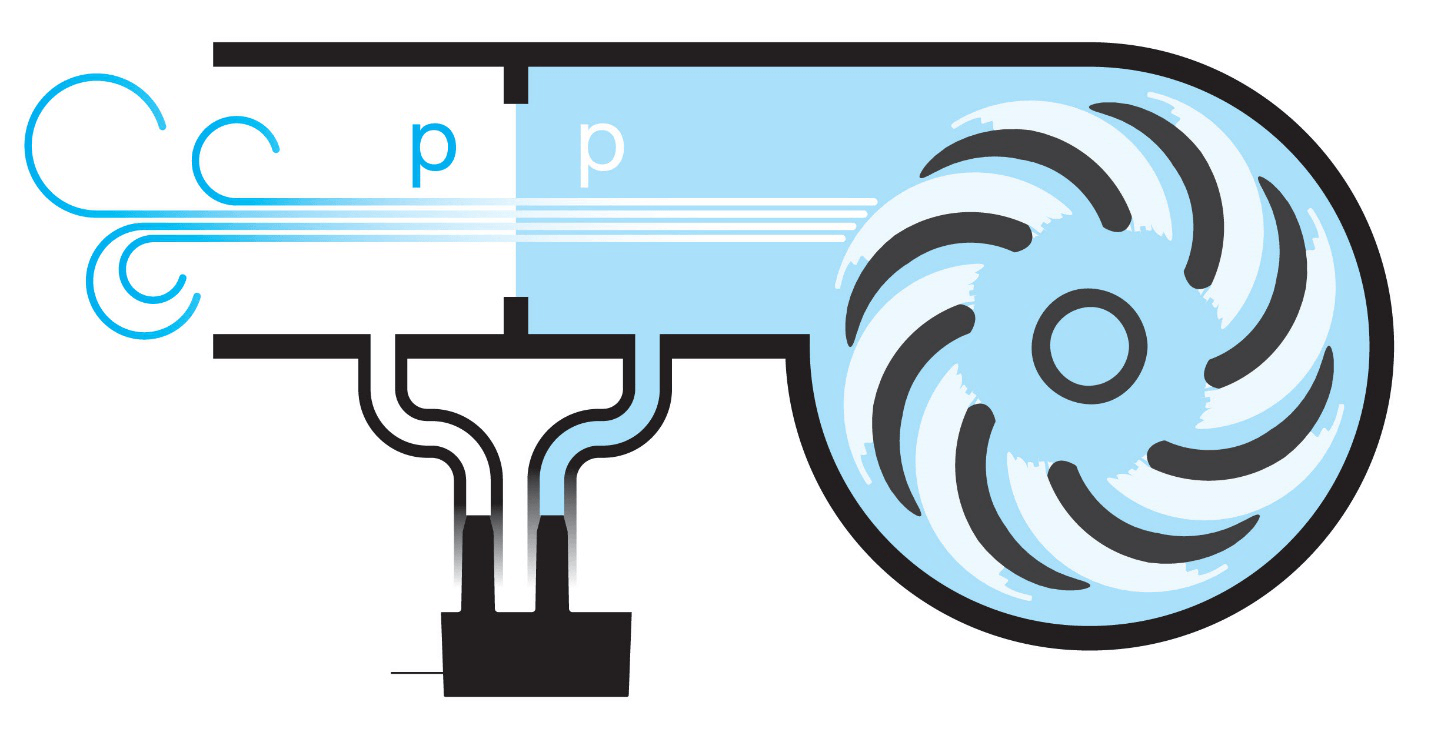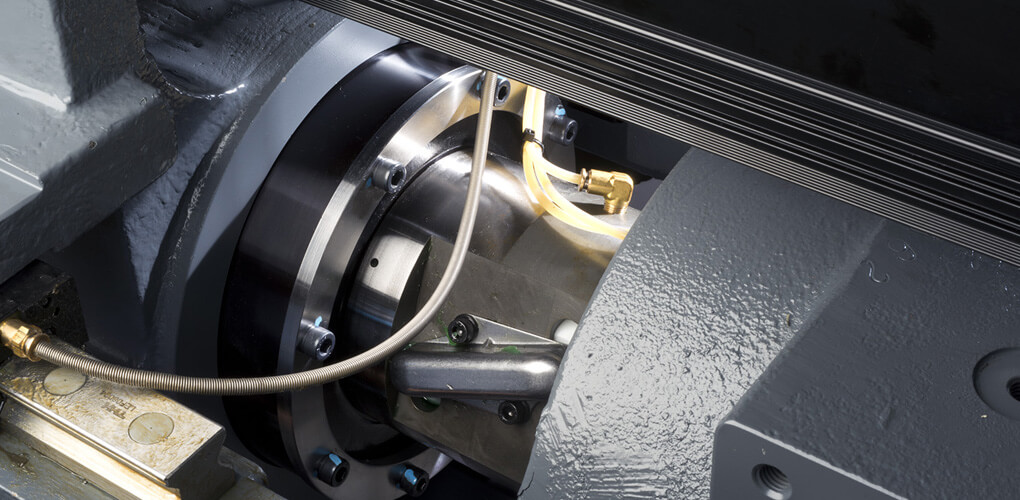Heating and Air Conditioner Pressure Transmitter Basics
What You Need To Know About Heating and Air Conditioner Pressure Transmitter?
Air Conditioners now are an important part of our daily life. Most of us use it on daily basis, but very few of us are familiar with its basic mechanism. Among its different aspects, the heating and air conditioner pressure transmitter are a vital one. Its understanding helps understand the cooling mechanism of the air conditioner.
To generate cool air the air conditioners are dissipating heat in an effective and efficient manner. They use refrigerant for heat transmission between and forth the compressor and the evaporator. Due to this, the unit releases the heat that it pulls from the inside air outdoors and then releases the cooled air within the house.
To ensure that the systems are pumping at an ideal pressure, it is important for the maintain the precise levels of the refrigerant gas that we use in the AC lines. When you measure system pressure during filling, you are actually aiding the proper refrigerant charging.

Working of Heating and Air Conditioner Pressure Transmitter
In order to regulate and optimize the cycle, you would need the pressure transmitter on both the low pressure as well as the high-pressure side of the compressor. For instance, having a WIKA pressure transmitter integrated either near or at the compressor outlet aids in detecting the low refrigerants change.
What really happens is that it monitors the discharge of temperature and pressure that the compressor releases. The PLC is receiving the output signals that the pressure transmitter releases. The PLC gives low charge signals when there is low discharge pressure with a high discharge temperature.
Moreover, it is possible for the PLC to receive added input regarding the refrigeration system’s operating characteristics. This additional information would give a more precise low charge signal. To ensure the well-being of the system, the PLC is connected either to the compressor or to a warning indicator.
This helps the low charge signal to deactivate the compressor or activate the indicator.
Basic Concepts of Air Conditioner
Proper Pressure
The lines that lead into the unit’s compressor, are present on its suction side. We refer to these lines as the low side of the refrigerant system. The reason being the amount of pressure. The pressure in these lines is very low especially when you compare it compressor’s output lines.
There are dials associated with the lines that indicate pressure. However, rarely do the lines have these dials. Of course, there are charging systems and gauges that help you keep a check on the refrigerant pressure.
NOTE: To ensure accurate reading, you should allow the system to run without temperature fluctuation for some time.
Low-Pressure Suction Side
When you connect the gauge, the low-pressure side should have a reading that is less than a hundred psi.
NOTE: PSI is the measurement that is being used for measuring the pressure in pounds/square-inch.
Before refrigerant reaches the lines, it is turned into a liquid state because it loses all its heat. As it collapses into the liquid state, it occupies a limited about of volume. This results in a low-pressure environment that the compressor aids.
As the compressor is working to change the state of the refrigerant. It heats it again so that it turns from the liquid back into gas.
HVACR Systems: Low Head Pressure Causes
There is a possibility that low head pressure occurs with high pressure. This happens on the suction side of the heat pump, air conditioner, or the compressor system of the refrigeration system.
Even if the system is cooling continuously, it might not be doing at its optimal capacity. These generally lead to a loss of 10 degree-temperature throughout the coil. Below, are the common causes of low-head pressure at a compressor motor of a heat pump or an air conditioner.
Refrigerant Under-Charge
If there is an improper charge in the refrigerant or due to its leak, refrigerant under-charge takes place.
TXV Malfunction
The TXV malfunctioning is a more common problem in bigger air conditioner units. It is highly less likely that you find it in the small size air conditioners. As these air conditioners use a capillary tube to meter refrigerant.
However, if the installing technicians install an improper sized cap tube, you might face this particular problem in smaller units.
Less Common Issues
Compressor Motor Values are Leaking
When the motor values of the compressor are leaking, they would not allow it to reach its full pressure. The question here is what causes these motor values to leak. The most common causes include a misadjusted TXV, a bad TXV, or an overcharge.
The leaks can also happen to due conditions that result in the compressors’ refrigerant liquid slugging. There are studies that also claim that moisture, acid, or heat-caused sludges end up contaminating the system. In short, any condition that would cause the liquid refrigerant to enter the compressor would damage the motor values.
Compressor Motor-Piston Rings are Worn out
Either there are the seals of the rotary compressor our worn out or its motor pistons rings are worn out, they would have an impact on the low head pressure. This can result in reduce lubrication in the motor. At the same time, it would increase the wear and even cause permanent damage to the compressor. Below are the early signs of this particular wear:
- The decrease in the system’s cooling capacity
- The decrease in the system’s high-side pressure
Leaks in Oil Separator
Another reason for the low-head pressure is the leaks in the oil separator of the return line. However, this is not a very common cause. On the contrary, you would see in very rarely.
Overheating of Compressor Motor
According to a number of studies and sources, the most common problem that the refrigeration repair technicians face is the overheating of the compressor motor. They tend to encounter this particular problem in most of these causes.
The overheating of the compressor motor results in cause damage. This then has an adverse impact on the low-head pressure as well as they wear.
How the Low Head Pressure HVACR Compressor?
There are numerous effects of low-head pressure on the HVACR compressor. For instance, it would lead to a decrease in the system’s cooling capacity. On some commercial as we certain residential systems, the low-head pressure would cause problems in oil migration of the refrigerant.
In other words, the system would not be able to push the right amount of oil through the evaporator or the cooling coil. It would start to gather as a bolus of oil. This bolus would suddenly return to the compressor in one shot.
Due to the poor oil return to the compressor, there would be additional problems. For instance, it would first reduce the system’s cooling ability, and then it would cause permanent damage to the motor of the compressor.
It is important for the liquid line of the system to be warm in order to avoid the problems that we have listed above. However, there are certain air conditioners whose designs do not incorporate the mechanism of refrigerant accumulation.
Thus, these units are not at risk of damage due to liquid slugging, overcharge, or lack of proper oil circulation. After all, it is the accumulator that does not permit the liquid slugging at the compressor.
You can even avoid the small amount of liquid refrigerant. They might not harm the compressor rings, pistons, or values. However, they can wash out the lubricating oil from the motor of the compressor. This would then lead to the cause of wear as well as the loss of compression.
This causing permanent damage to the motor of the compressor.

Pressure Variables
Even though, <100 psi seems to be a bit general. However, it is extremely difficult to be specific for every air conditioner unit. Let us take an example of a refrigerant R-22. This refrigeration unit needs a 75 psi to operate on the suction side.
Likewise, different systems and different refrigerants have different requirements. Therefore, it is very difficult to mention specific pressure readings. If you are more interested in knowing the specific reading, you should head over to the manufacturer manuals.
They have charts published in them. Moreover, you can find them in local building codes that show the pressure value that is right for a certain refrigerator. This information is according to the lines, system, and the present temperature.
Causes of Issues
In case the refrigerant is reading low-pressure. It would point towards a leak that is present in the system. Since it is not possible for the refrigerant to wear down with time. It means that there is something leaking in some parts of the system.
In order to ensure the normal working of the Heating and Air Conditioner Pressure Transmitter and system, you would have to replace either the values or pipes. In some cases, you might have to do both of these things.
If the pressure reading is very high, then the problem is overcharging. You might have to reach out to some effective Heating and Air Conditioner Pressure Transmitter service providers for the draining of refrigerant.
For more information, you can Contact Us.












